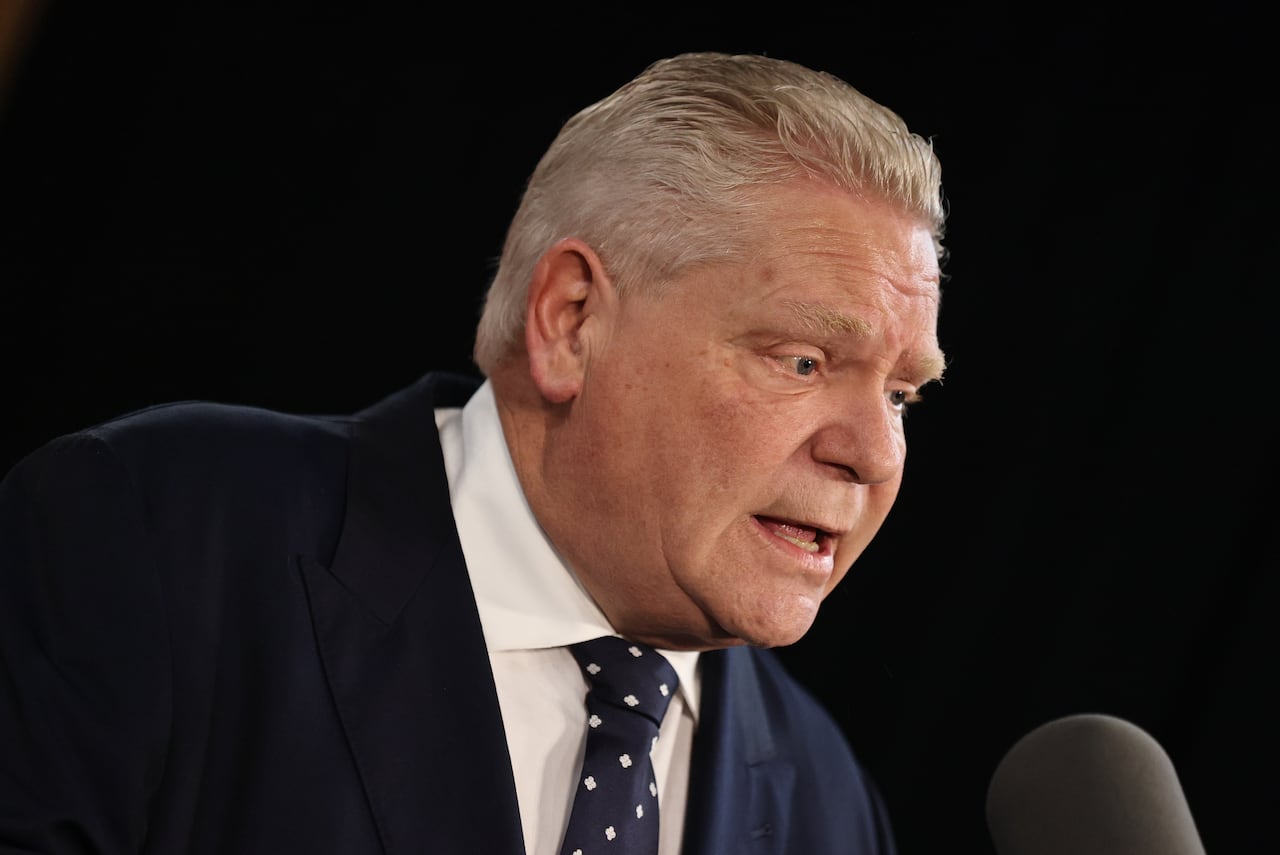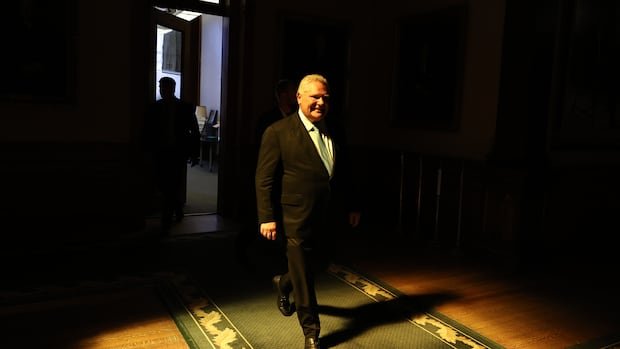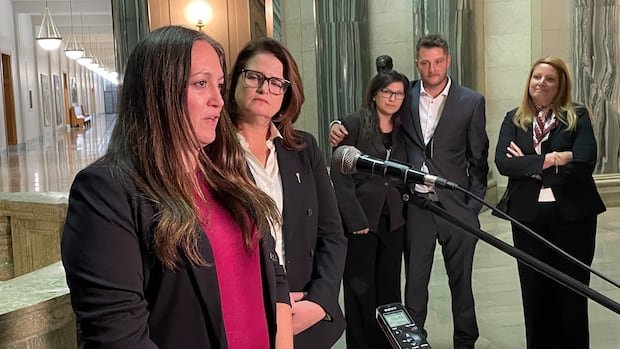The return to power last week by thousands of Ontario public servants has been “disrespectful,” “piecemeal” and full of “unnecessary confusion,” labor unions say, noting some ministries and agencies still don’t have enough room to comply with Premier Doug Ford’s order.
Last week, thousands of workers were required to report to the office to work four days instead of three, as a result of an order from the Progressive Conservative government this summer. The move has irritated workers who have had hybrid arrangements for more than three years and they say it will cost taxpayers more because of the need to buy or lease new office space.
the head of the AMAPCEO, which represents about 17,000 professional, administrative and supervisory public service employees in Ontario, says the process has been “very disruptive.” The government does not have enough space for the workers it has ordered to return, Dave Bulmer said in an interview with CBC News.
“The local managers and directors had to have made a lot of ad hoc arrangements, because they just don’t have the space to accommodate people,” he said. “So, things aren’t going exactly as planned.”
In August, Treasury Board chair Caroline Mulroney announced that the 60,000 employees of the Ontario Public Service, provincial agencies, boards and commissions had to “increase their attendance to four days a week” starting October 20 and transition to full-time office work starting January 5, 2026.
It’s a change from a policy that has been in place since April 2022, when provincial government employees were required to be in their offices at least three days a week.
Ontario government busy signing leases, union says
Bulmer says the government and its independent agencies are busy purchasing buildings and signing leases to make sure they can accommodate workers. But it could not be executed on the schedule set by the Ford government, he said.
“These are places that are not just missing a few seats or desks, they are missing space for entire floors,” he said, pointing specifically to the Workplace Safety Insurance Board (WSIB) and Ontario Health.
Bulmer estimates that approximately 10,000 of AMAPCEO members returned to the office for four days last week. About 6,000 of the union’s members have pre-existing hybrid work contractual arrangements that the government will still have to honor despite the change, he said.
And thousands of those who have returned to the office are currently requesting some form of flexible working, he said.
“I think it’s been very piecemeal,” Bulmer said of returning to office. “We have people… who don’t even know what floor they’re going to or where they’re supposed to sit. It’s just unnecessary confusion from our perspective.”
Both WSIB and Ontario Health told CBC News they are currently working to comply with the province’s directive and increase available space for their workers.

The Ontario Public Service Employees Union (OPSEU), which represents about half of the Ontario Public Service workforce, said in a statement that the return-to-office order was a “direct display of lack of respect” to workers.
The past week has been filled with confusion for union members, said Amanda Usher, chairwoman of OPSEU’s unified central employee relations committee and unified bargaining team.
“Government updates on logistics, space considerations and requests for accommodations have been slow, inconsistent and inadequate, leaving workers with more questions than answers,” Usher said in a statement.
He said the action was taken without consulting workers or providing evidence to justify the decision.
“We have heard from members that some of their offices were restructured under the assumption that the hybrid work model is here to stay,” he said. “And now when they’re told to come back to the office, they don’t even know if there will be a desk or a proper workspace.”
Usher said the union is closely monitoring the current situation, “as only then will the full extent of this plan’s flaws become clear.”
A spokesperson for Mulroney said a review of all government office space was carried out to see if there are space limitations and it was found that “the vast majority” of OPS offices have adequate space for the return.
“The Ministry of Infrastructure is working with other ministries to address any limited cases of space constraints,” Liz Tuomi said in a statement.
NDP Leader Marit Stiles said the government should have consulted with the public service before making its decision in August. It’s no surprise that his plan ran into a problem, he said.
“As usual, the prime minister speaks before he has a plan or any information,” he said. “What they should have done was have a plan in place, first of all, and started by listening to the workers themselves.”
Green Party Leader Mike Schreiner said the decision is a “check the box” exercise that offers little value to taxpayers. He added that traffic will worsen in the Greater Toronto Area as government workers join the commute.
“This whole return-to-office mandate is a return-to-stagnation mandate,” he said.
“The Prime Minister is creating traffic chaos here in the center around Queen’s Park and where the public sector buildings are, but he is also creating chaos inside those buildings, because they clearly have no plan to have enough space for workers.”









